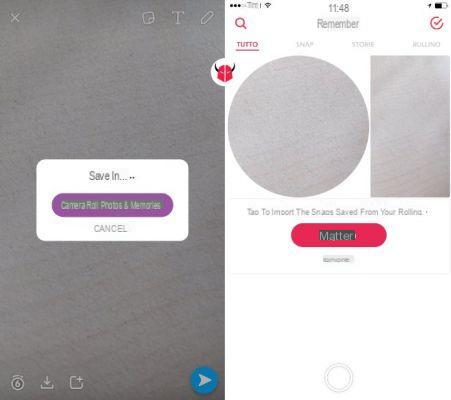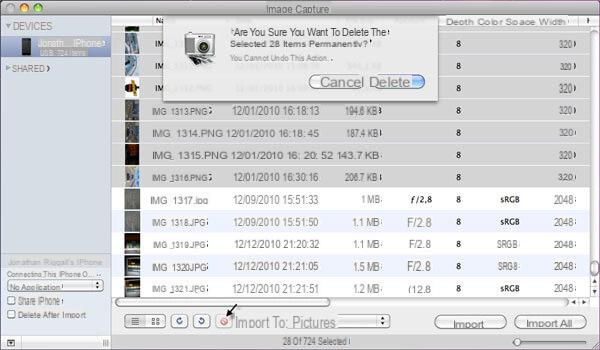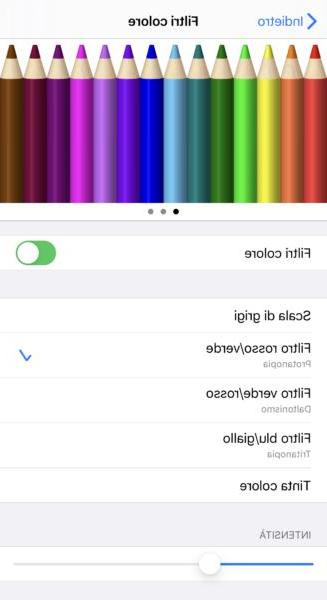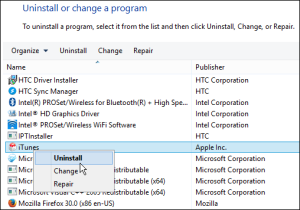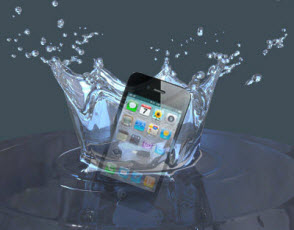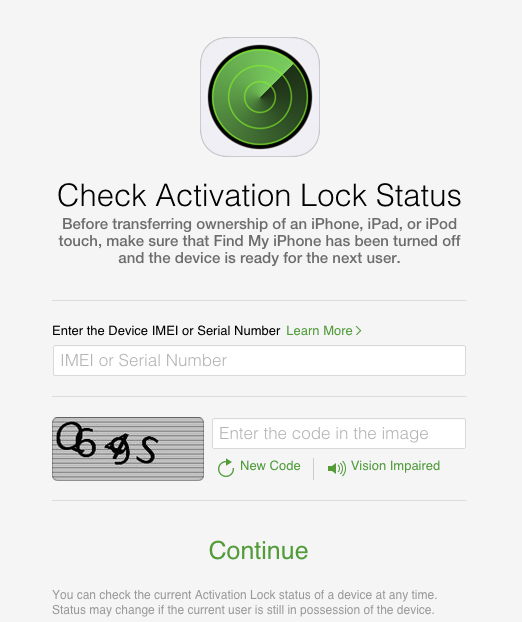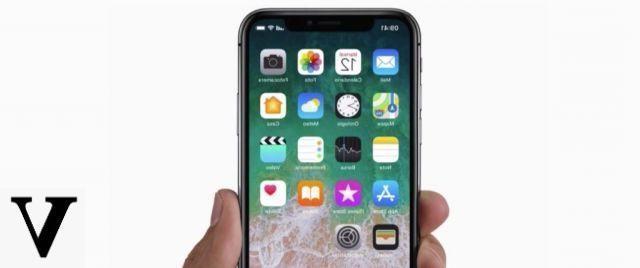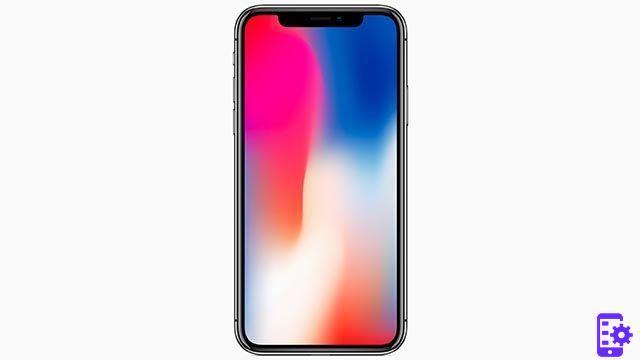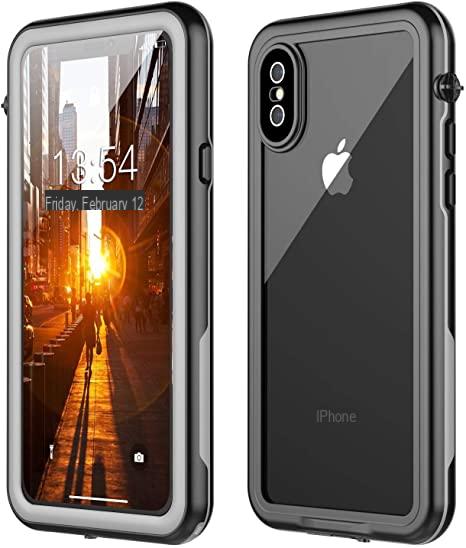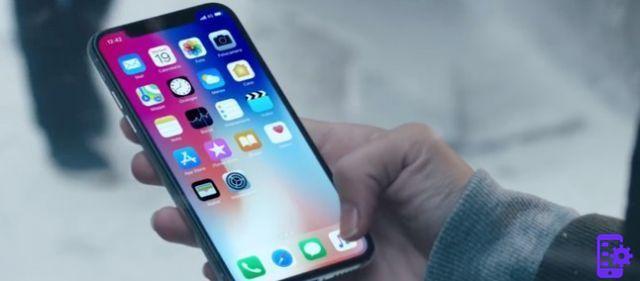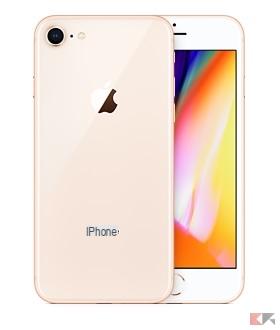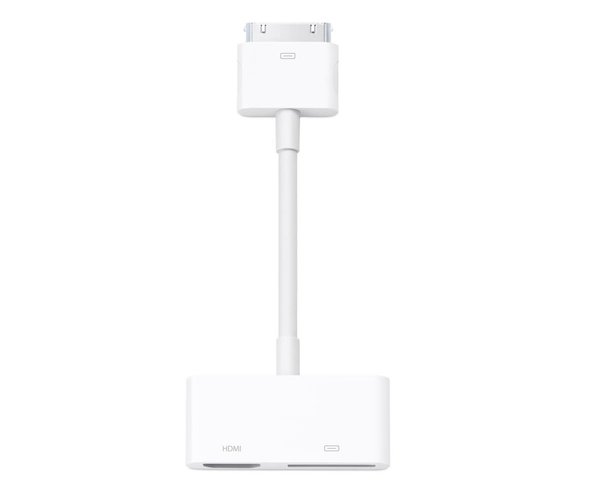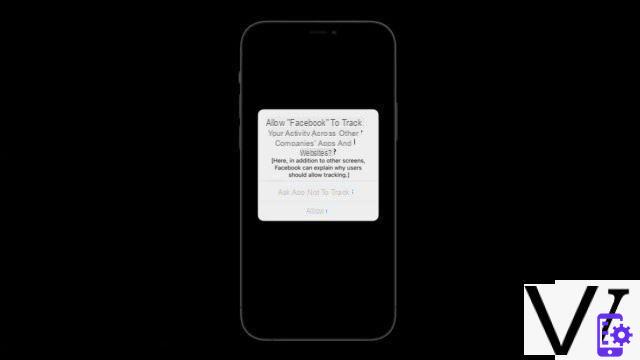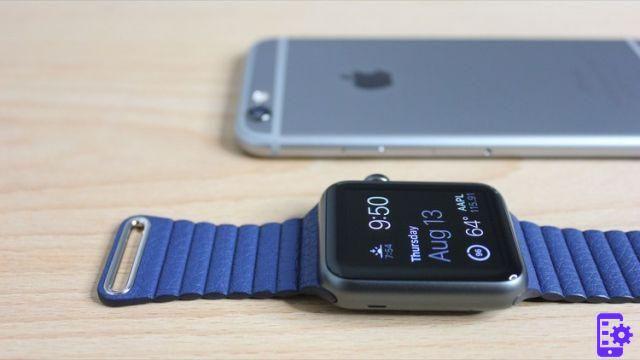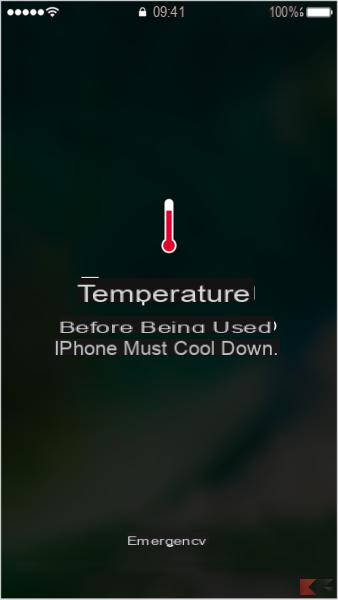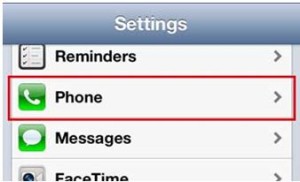The display of the latest born in Cupertino, iPhone X, it's a OLED with type matrix PenTile. But what does it mean? And what are the differences from the previous screens? In the following image you can see the two layouts usually used in screens OLED (left) e LCD (to the right).
LCD screens use a linear RGB matrix, while OLED screens use a diamond-shaped PenTile matrix. The main difference lies in the type of power supply that each of them requires: while LCD screens need an external light source, OLED ones “have a life of their own”!
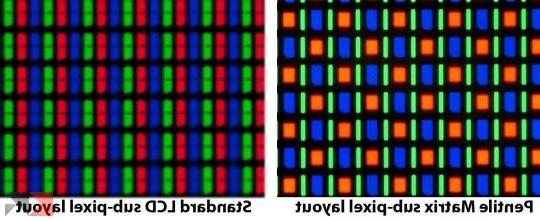
Each pixel is composed of organic material, capable of lighting up autonomously if crossed by electricity, resulting in lower energy consumption. To reproduce black, the pixels go out completely, which is not the case in LCDs, where a much less intense black can be seen.
This technology is evolving at an incredible speed: it is thanks to it that the first ones were built display arrotolabili, thanks to the very reduced thickness they occupy, unlike LCD screens which require a panel placed behind them or in any case with lighting sources placed around it.
It all sounds great… But then why is this technology not being used on a large scale anymore? Reduced consumption, thinner screens, absolute black ... The main problem is the price! Well yes, while this technology has a multitude of pros, it also has some cons, first of all the much higher cost of cheaper LCD panels. And if that's not enough for you, we have another fairly important problem: the Burn-in.
For the uninitiated, the Burn-In is what happened on old plasma TVs: has it ever happened to you after a few months (in some cases weeks were enough) to see the logos of the TV channels printed on the screen? Here, that's the Burn-In, literally translated "burned inside".
Fortunately, for many years manufacturers have adopted a simple and effective system to prevent this problem: periodically move the image by a few pixels, so that in the case of a static image on the screen, it is moved every few minutes, in in order to avoid that it remains imprinted on it. But despite these precautions, this problem persists on many recent smartphones.
Samsung went through it with its Galaxy S8, updating it after a while, to prevent the virtual keys on the screen from being imprinted. Apple is going through it now: after a few days many users are already complaining about burnt image issues on the screen. But it is supposed to be looking for a software remedy, to avoid creating further havoc among the first owners of the device.
We hope that this little summary has been to your liking, if you have any doubts do not hesitate to ask!





